On February 6 1952 in the dry Abadore highlands, Kenya, and in Sagara Lodge a message was delivered to the woman set to rule over England for the rest of her life – a public service that would last 70 years.
At 25 Queen Elizabeth Alexandra Mary Windsor – Lilibet to her family – took the first dusty footsteps into her new era.
This period closes as the world mourns a woman whose constancy spans and transcended eight decades of global transformation, at the head of a family whose dramas soared to the heights and lows of epic.
On one occasion the wife of the Ghanaian president was stuck in a broken Buckingham Palace lift. “What a life one lives!” the Queen remarked.
What a life indeed.
To trace the Queen’s life is to follow the history of the United Kingdom across its tumultuous fortunes, from the dusk of colonial rule to the complexities of 21st century society.
Fifteen prime ministers, 13 presidents, 32 different independent states, patron and president of more than 600 organisations.
In the arc of her lifetime, the world has transformed.
Her public life began with radio broadcasts crackling with static and ended commemorated by social media across the world.
She was born on 21st April 1926 in Bruton Street, Mayfair, to The Duke and Duchess of York – later King George VI and Queen Elizabeth. At 10 she became heiress presumptive on her uncle King Edward VIII’s abdication.
Her father, King George VI referred to the family as ‘we four’ and established a happy childhood for Elizabeth and Margaret in Piccadilly, then Buckingham Palace. During long walks at Balmoral, Sandringham and Windsor, he gave her advice and shared his views on government and politics. Her knowledge of government matters remained impressive throughout her reign. Harold Wilson later described himself as an ‘unprepared schoolboy’ in her company.
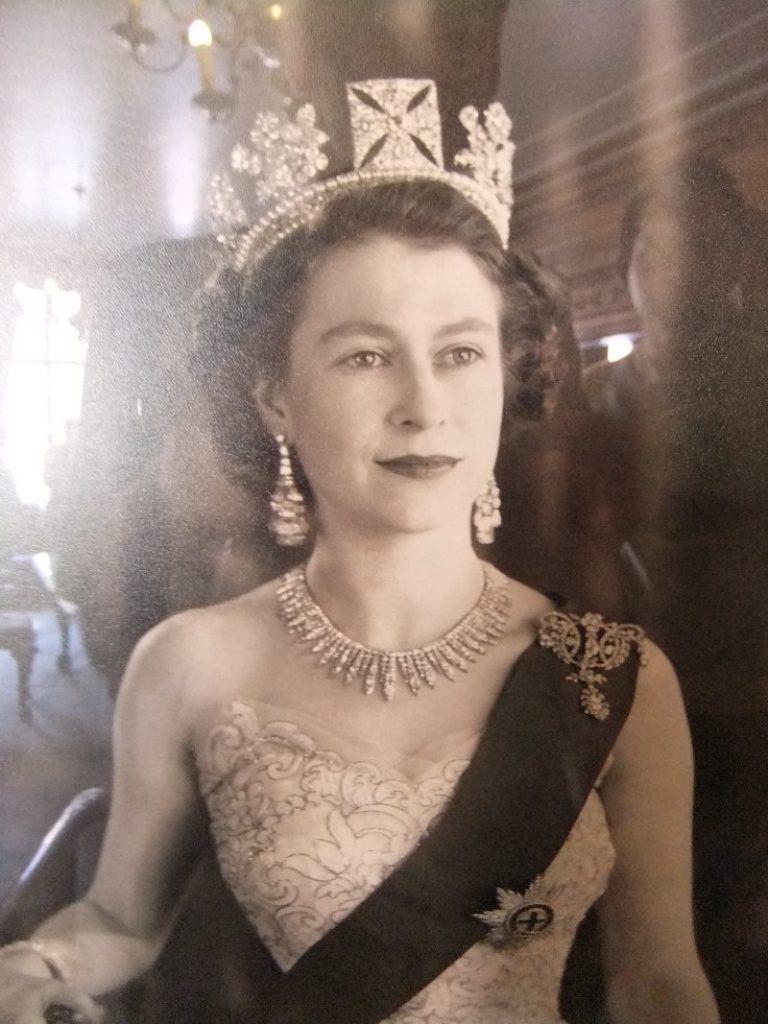
Once when reflecting to her riding instructor Horace Smith, she thought in an alternate life she would like to be a lady living in the country with lots of horses and dogs.
Her corgis too inspired great emotion. When the Queen Mother’s dog killed one, Elizabeth wrote a six-page, intensely emotional letter to one of her ladies-in-waiting.
Her much loved, intermittently troubled sister Princess Margaret remained her close confidant.
Although very different individuals – Margaret mercurial, Elizabeth steadfast – they called every other day until Margaret’s death. Home videos show the sisters singing and dancing together in childhood.
World War Two revealed the first contours of leadership, with her first public engagement an inspection of the Grenadier Guards on her 16th birthday. Dissatisfied with the Windsor Castle allotments, it took a year for the young princess to persuade her parents to let her join the ATS. The skills she learned meant she was possibly the only senior royal who could change a tyre and a spark plug.
It was during the war that her enduring relationship with Winston Churchill began. Queen Elizabeth was always to remain grateful for his guidance in these early years and at his funeral she broke royal protocol to enter St Paul’s Cathedral before his family, when usually the monarch would come in last.
VE Day marked not only freedom for Europe, but also a rare moment of escape for Elizabeth and Margaret as they mingled with crowds of their citizens in London. Years later, she recalled terror at being recognised.
Her first official overseas visit, to South Africa, showed a young woman form sense of her duty. On her 21st birthday she said: “I declare before you all that my whole life whether it be long or short shall be devoted to your service.”
Having declared her love for her future husband at 13, the princess married Prince Philip in 1947. He was, she later declared, her “strength and stay all these years”, her near life-long companion.
Her coronation took place in Westminster Abbey on 2nd June 1953, when she was crowned Queen Elizabeth II at age 27.
Her eldest son, heir to the crown Prince Charles was born in 1948, when she was just 22, followed by Princess Anne in 1950 and Prince Andrew in 1960. The birth of Prince Edward marked the completion of the family in 1964.
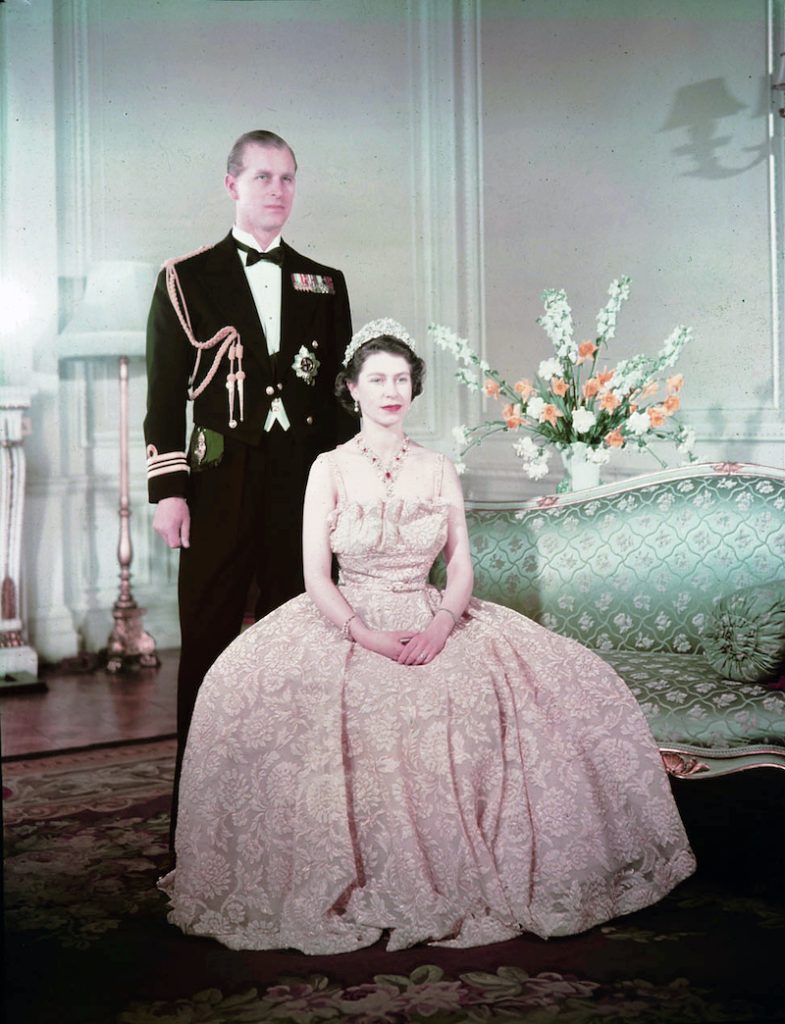
In her early rule Queen Elizabeth navigated global political turmoil during the Suez and Cuban Missile crises. Confrontation with the Cold War entered the palace when Anthony Blunt, surveyor of the Queen’s Pictures, was discovered as ‘fourth man’ of the Cambridge five. It was a secret the Queen kept until public disclosure in 1977.
Beyond the gilded gates, the ‘Wind of Change’ rushed through the colonial world as the British Empire disintegrated, marked first by Ghana’s independence in 1957. During her 1961 tour, the Queen danced with Ghanian president Kwame Nkrumah at a farewell ball in Accra, a moment of celebration in parting in the history of the Commonwealth.
Such shifts swept through the 60s, a decade which saw the UK abolition of the death penalty alongside legalisation of abortion and homosexuality.
In Buckingham Palace, the winds of change briefly blew the windows of open, as Queen Elizabeth – reluctantly- allowed a BBC documentary titled Royal Family to be made following their day-to-day family life.
Devoted to public duty, yet intensely private, she remained all her life inscrutable in her emotions and beliefs. Globally known and still almost unknowable, one famous quip captured the paradox she embodies: “I have to be seen to be believed.”
In 1965 she hinted at the machinations behind the genteel wave, the fixed lipstick smile, telling US First Lady Jackie Kennedy: ‘One gets crafty after a while and learns how to save oneself”.
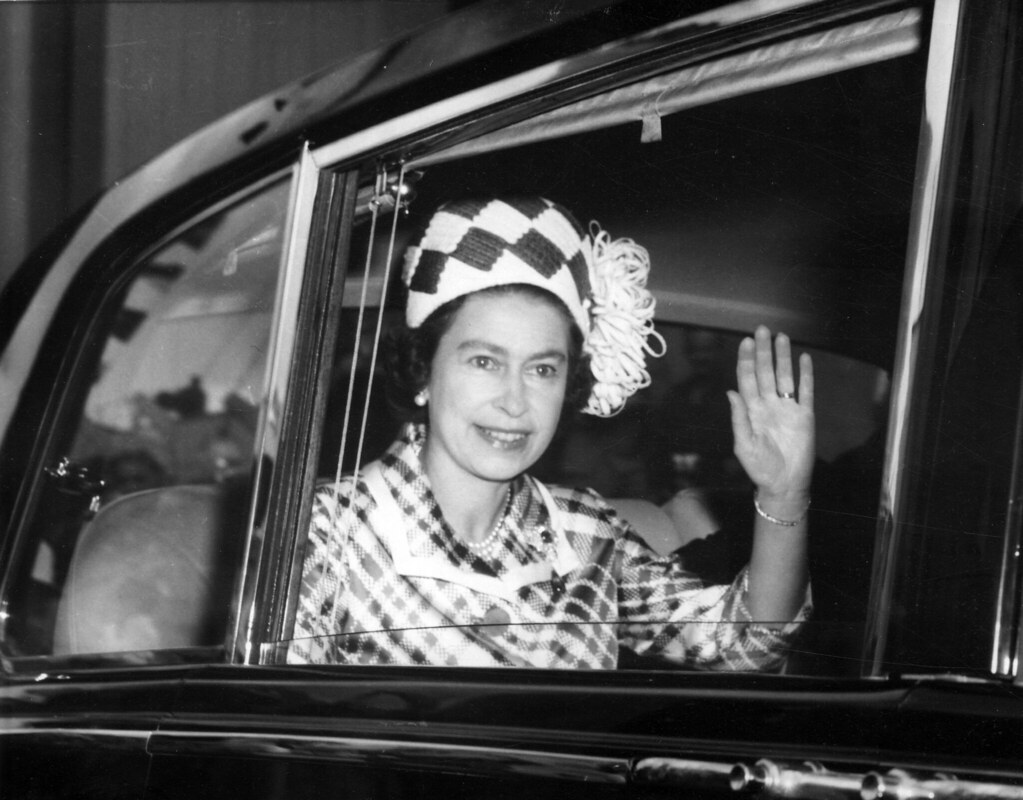
This craft guided her through personal and national tragedy in this time of the Northern Ireland Troubles, Brixton race riots, Winter of Discontent, and the IRA murder of her cousin Lord Mountbatten.
As the years rolled on, the 1977 Silver Jubilee marked a high point for the Queen. She travelled more than 56,000 miles for the international celebrations, with an estimated 500 million people watching on television the jubilee parade through London.
In the same year she also won the Oaks and St Leger classic horse races with her horse Dunfermline.
The following years brought expansion for her family, as Charles and Diana married in the ‘Fairytale wedding’; soon followed by the arrival of grandchildren – Zara Philips in 1981 and William in 1982, Harry in 1984.
When Michael Fagan, in the early hours of July 9 1982, entered the Queen’s bed chamber through an open window at Buckingham Palace, the monarch spoke calmly to him. Her father’s “steadfastness”, she once said, was her model.
Conscientiousness and attention to detail keep the Queen herself from scandal or revelation for her entire reign.
Such composure was tested in the ‘annus horribilis’ 1992 which included Anne and Mark Philips’s divorce, Charles and Diana’s separation and fire at Windsor Castle.
A new century took her beyond this difficult time, with the 2002 Golden Jubilee.
Yet again the happiness was fleeting, as the Queen Mother and Princess Margaret died in the same year. Elizabeth now was the last remaining of ‘we four’, the longest-lived, the last standing, alone in her constancy.
In 2010 UN secretary Ban Ki-Moon declared her ‘an anchor for our age’.
Such endurance became increasingly impressive in its own right, as she became the oldest and longest reigning British monarch.
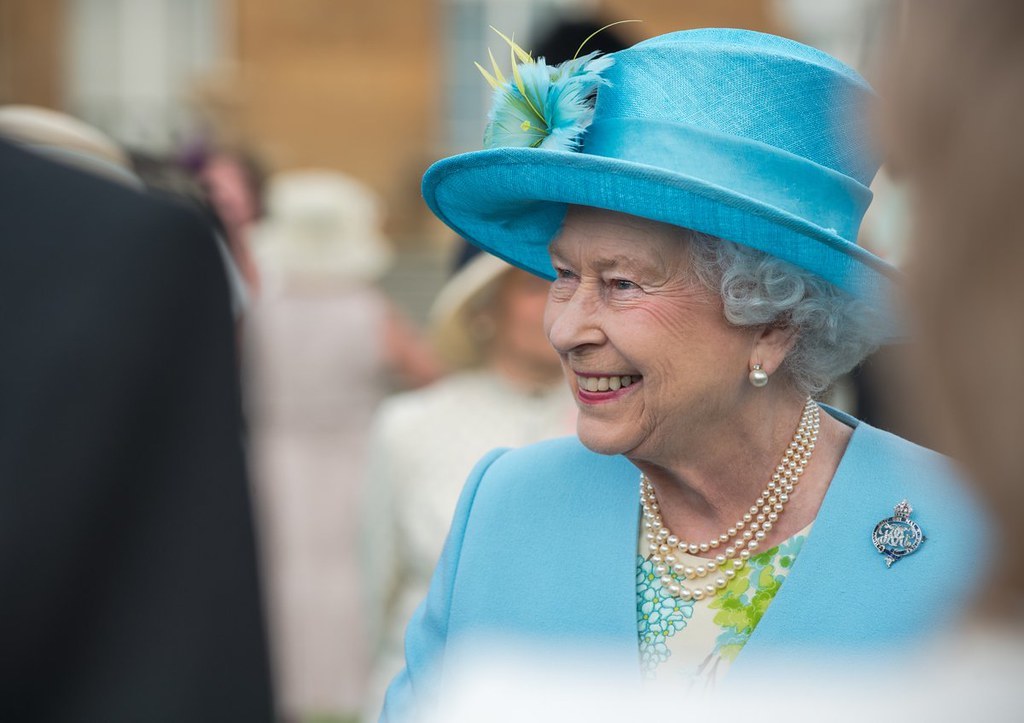
Still her public can only guess at her inner life and personal character.
Her cousin Lady Elizabeth Anson revealed one such moment. The Queen, she revealed, kept a “Solar Queen” statuette on her Windsor Castle desk. “It drives me mad,” the monarch apparently said. “The sun comes out and it goes ‘click, click, click’ and I see myself waving to me!”
It is a performance she dramatised at the London Olympics, when aged 86 she became a Bond girl at the opening ceremony, acting alongside Daniel Craig. It was a high point of her reign, a rare moment where mischief mingled with stateliness.
Throughout the Diamond Jubilee celebrations and arrival of royal grandchildren and great grandchildren, she remained instantly recognisable – the small lady in bright colours, always in a hat, a living icon of her own creation.
Even in her 90s, she still enjoyed a daily martini or dubonnet and gin, only giving up the drink at 95. And in April 2022 she appeared on the cover of Vogue for the first time for an issue celebrating her Platinum Jubilee.
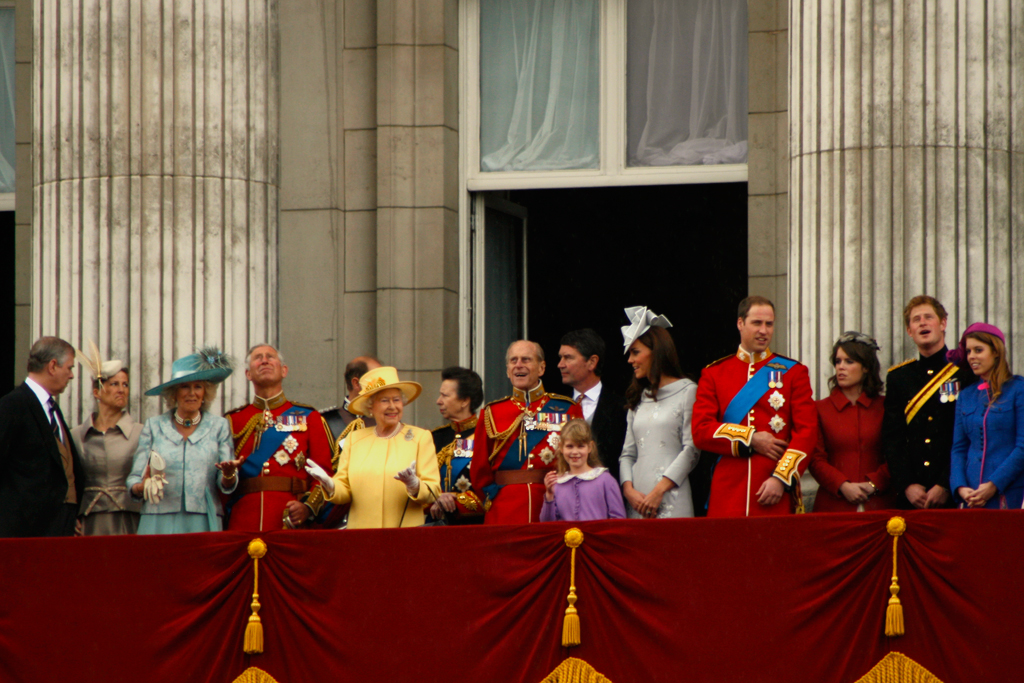
Heartache came, however, in the final years of her life. As the pandemic forced her kingdom into isolation, her rule was as present as ever throughout Brexit, Prince Andrew’s association with serial sex offender Jeffrey Epstein with subsequent settlement of a civil lawsuit and Prince Harry and Megan Markle leaving royal duties.
Perhaps the greatest challenge was Prince Philip’s death in 2021. Married for 73 years, she felt ‘a great void’ at his loss. During the pandemic funeral service at Windsor Castle she sat alone, separated even from her family.
At public events she continued to wear a Scarab brooch given to her by Philip, an ancient symbol of the cycles of life and death.
These are seasons she knew, her presence abiding throughout turmoil and light, triumph and darkness, ruling matriarch to nations who must now continue without her.
In her final years she withdrew from public life to her beloved Windsor Castle, and later Balmoral, where she remained true to her girlhood vision: a lady in a big house in the countryside, surrounded by horses and dogs.
Featured image: UK Home Office@Flickr (CC BY 2.0)
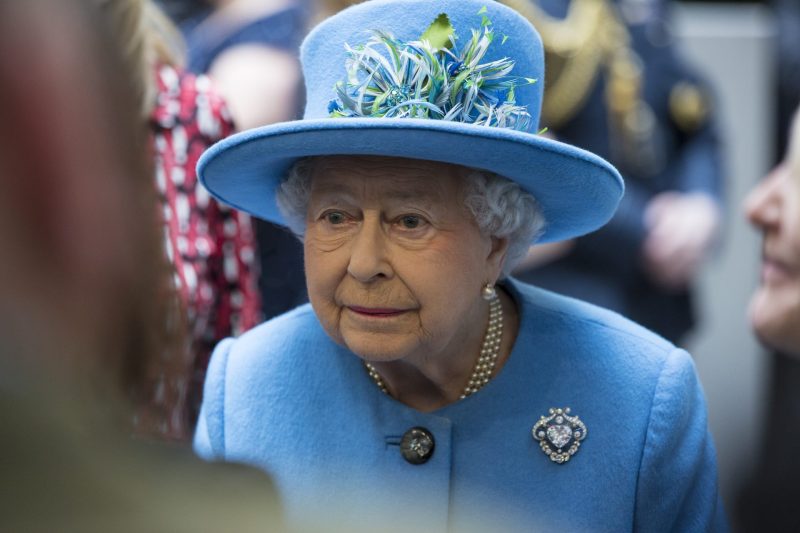
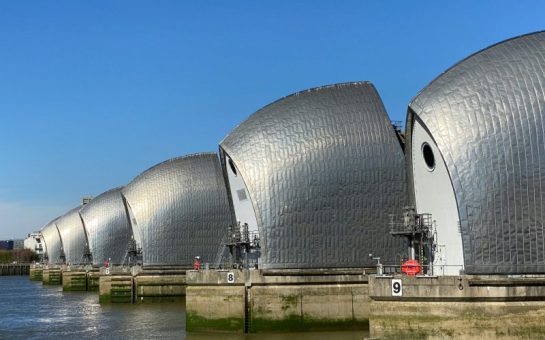
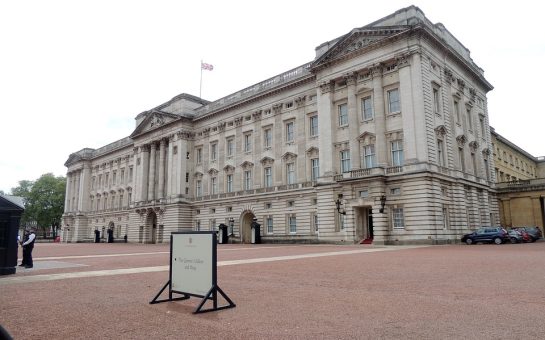
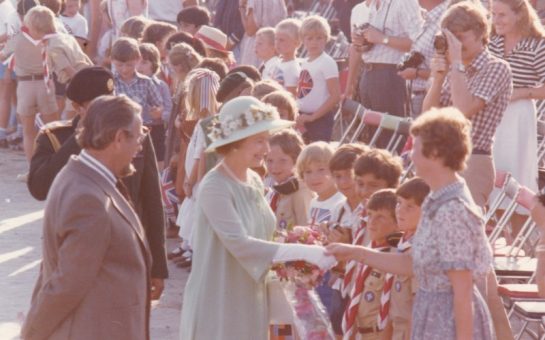
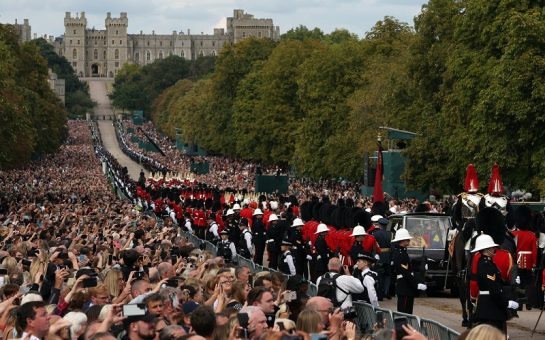
Join the discussion